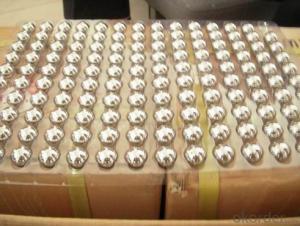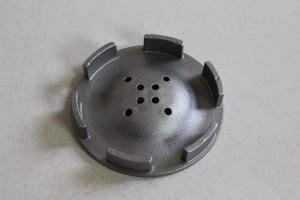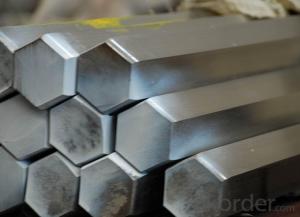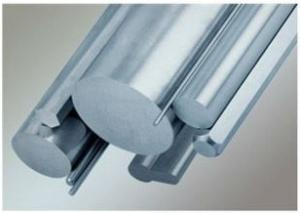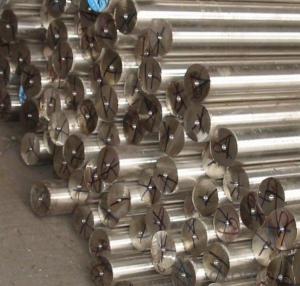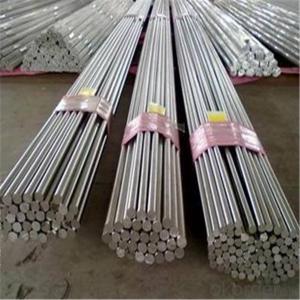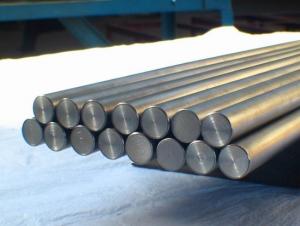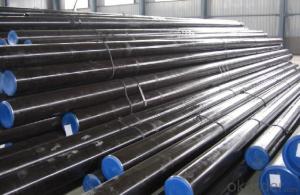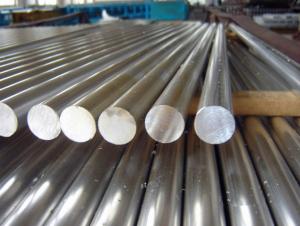Black Stainless Steel Faucet
Black Stainless Steel Faucet Related Searches
Best Paint For Stainless Steel Blanket Insulation For Steel Buildings Primer For Galvanized Steel Foam Filter For Stainless Steel H S Code For Stainless Steel Surface Grinding Wheels For Stainless Steel Surface Grinding Wheels For Hardened Steel Hole Saw For Stainless Steel Paint For Stainless Steel Stainless Steel For BbqHot Searches
Steel Mesh Panels For Sale Price For Stainless Steel Scrap Scrap Price For Stainless Steel Price For Stainless Steel Stainless Steel Tank For Sale Stainless Steel Sheets For Sale Cheap High Tea Sets For Sale Stainless Steel Tanks For Sale Stainless Steel For Sale High Density Fiberboard For Sale Solar Hot Water Collectors For Sale Scaffolding For Sale In Uae Scaffolding For Sale In Ireland Scaffolding For Sale In Houston Type Of Inverter For Solar Price Of Shipping Containers For Sale Types Of Inverter For Solar Stock Price For Aluminum Used Solar Inverter For Sale Steel Mesh Panels For SaleBlack Stainless Steel Faucet Supplier & Manufacturer from China
Okorder.com is a professional Black Stainless Steel Faucet supplier & manufacturer, offers integrated one-stop services including real-time quoting and online cargo tracking. We are funded by CNBM Group, a Fortune 500 enterprise and the largest Black Stainless Steel Faucet firm in China.Hot Products
FAQ
- There are several different types of stainless steel bar finishes that can help improve resistance to pitting. 1. No. 1 Finish: This is a hot-rolled, annealed, and descaled finish that provides a rough, dull surface. While it may not offer the highest resistance to pitting, it can be a good base for further finishing processes. 2. No. 2B Finish: This is a bright, cold-rolled finish that is commonly used for applications where a smooth, reflective surface is desired. It offers better resistance to pitting compared to No. 1 finish. 3. No. 2D Finish: This is a dull, cold-rolled finish that is achieved by annealing and pickling. It provides a smoother surface compared to No. 2B finish and can offer improved resistance to pitting. 4. No. 3 Finish: This is a semi-polished finish that is achieved by using progressively finer abrasives. It provides a smoother and more reflective surface compared to No. 2D finish, thereby enhancing resistance to pitting. 5. No. 4 Finish: This is a general-purpose polished finish that is achieved by using finer abrasives compared to No. 3 finish. It offers a smooth, reflective surface and improved resistance to pitting. 6. No. 7 Finish: This is a highly reflective, mirror-like finish achieved by using even finer abrasives compared to No. 4 finish. It provides excellent resistance to pitting and is often used in decorative applications. 7. No. 8 Finish: This is the highest quality polished finish available, offering a mirror-like surface. It offers exceptional resistance to pitting and is commonly used in high-end architectural and decorative applications. It is important to note that while these finishes can improve resistance to pitting, the overall corrosion resistance of stainless steel bar is also influenced by factors such as the alloy composition, environment, and proper maintenance.
- Yes, stainless steel bars are suitable for conveyor systems. Stainless steel is a durable and corrosion-resistant material, making it an ideal choice for conveyor applications. It can withstand harsh environments, such as those with high temperatures, chemicals, or moisture, without losing its strength or integrity. Stainless steel bars are also easy to clean and maintain, ensuring a hygienic and sanitary conveyor system. Additionally, stainless steel bars have a high load-bearing capacity, making them capable of handling heavy loads and providing reliable and efficient transportation of materials. Overall, stainless steel bars are a reliable and long-lasting choice for conveyor systems in various industries.
- Stainless steel bars have various surface coatings available, each with their own unique properties and benefits. Some commonly used coatings include: 1. Passivation: By treating the stainless steel surface with an acid solution, iron contaminants are removed and a passive oxide layer is formed. This process improves the corrosion resistance of the bars. 2. Electropolishing: Through an electrochemical process, a thin layer of material is removed from the surface, resulting in a smooth and shiny finish. Electropolishing not only enhances the appearance but also reduces the risk of corrosion by eliminating surface imperfections. 3. Powder coating: Dry powder is applied to the bars and then cured with heat to create a protective layer. This coating offers excellent resistance to corrosion, chemicals, and UV radiation, making it suitable for outdoor applications. 4. PVD coating: Physical Vapor Deposition (PVD) is a vacuum deposition process that produces a thin film of coating on the surface. PVD coatings can provide enhanced hardness, wear resistance, and improved aesthetics. 5. Paint coating: Stainless steel bars can be coated with paint, adding color and providing protection against corrosion. Paint coatings come in a wide range of colors and can be customized to meet specific requirements. 6. Anodizing: Although primarily used for aluminum, anodizing can also be applied to stainless steel bars. This process creates an oxidized layer on the surface, enhancing corrosion resistance and providing decorative finishes in various colors. 7. Ceramic coating: Ceramic coatings offer high-temperature resistance, excellent hardness, and low friction properties. They protect stainless steel bars from wear, corrosion, and chemical damage, making them suitable for harsh environments. To determine the most suitable surface coating for stainless steel bars, it is essential to consider the specific requirements of the application and consult with experts.
- Indeed, the food and beverage repair industry does employ stainless steel bars. This industry frequently opts for stainless steel due to its exceptional qualities. Stainless steel possesses corrosion resistance, rendering it perfect for environments that handle food and beverages. Moreover, it is effortlessly cleaned and maintained, ensuring hygienic conditions within food and beverage repair facilities. Furthermore, stainless steel bars can be crafted into an array of shapes and sizes, offering versatility to meet various repair requirements. In conclusion, stainless steel bars are a dependable and fitting material for utilization in the food and beverage repair industry.
- Stainless steel bars are solid and have a round, square, or hexagonal cross-section, whereas stainless steel channels have a distinct U-shaped or C-shaped cross-section. Additionally, bars are typically used for structural purposes or as support in various applications, while channels are commonly used for framing, trim, or edging purposes.
- Yes, stainless steel bars can be machined. Machining processes such as cutting, drilling, milling, and turning can be used to shape and manipulate stainless steel bars according to specific requirements.
- Mining operations can utilize stainless steel bars because they offer numerous benefits. Stainless steel, known for its versatility and durability, is an excellent material option for mining applications. To begin with, stainless steel possesses a high resistance to corrosion, making it particularly valuable in mining operations that frequently encounter harsh chemicals and environments. Its corrosion resistance ensures the longevity and reliability of the bars by preventing deterioration. Moreover, stainless steel bars exhibit exceptional strength and toughness, rendering them suitable for heavy-duty mining applications. They can withstand significant loads, impacts, and pressure, making them ideal for use in equipment like crushers, conveyors, and screens where strength is of utmost importance. Furthermore, stainless steel's high melting point provides resistance against heat and fire hazards, a crucial characteristic for mining operations that may be exposed to intense heat or fire risks. This quality adds an extra layer of safety. In addition, stainless steel bars are non-magnetic, which can be advantageous in specific mining operations. For instance, in mineral separation processes that employ magnetic separation, the non-magnetic nature of stainless steel bars guarantees they won't interfere with the separation procedure. Lastly, stainless steel bars are easy to clean and maintain. In mining operations where cleanliness and hygiene are critical, the smooth surface of stainless steel allows for effortless removal of dirt, dust, and other contaminants. Overall, the corrosion resistance, strength, heat resistance, non-magnetic properties, and ease of maintenance make stainless steel bars an excellent choice for various mining operations.
- Yes, stainless steel bars can be used in pharmaceutical manufacturing applications. Stainless steel is a preferred material choice in pharmaceutical manufacturing due to its excellent corrosion resistance, durability, and ease of cleaning. It is commonly used in various equipment, including vessels, tanks, piping, and fittings. Stainless steel bars are often used in the construction of support structures, platforms, and conveyors within pharmaceutical manufacturing facilities. Additionally, stainless steel bars can be easily machined and fabricated to meet specific requirements, making them suitable for a wide range of pharmaceutical applications.

























